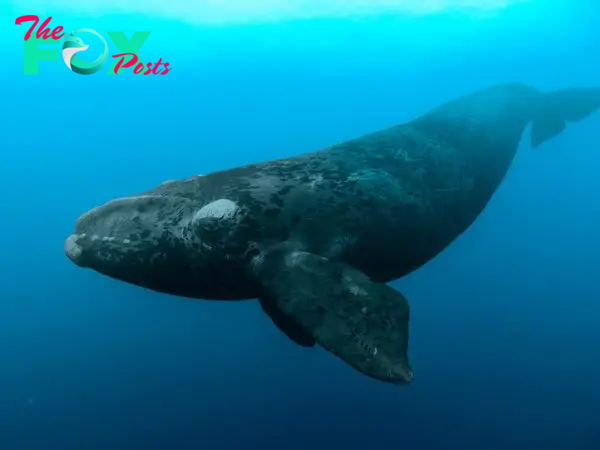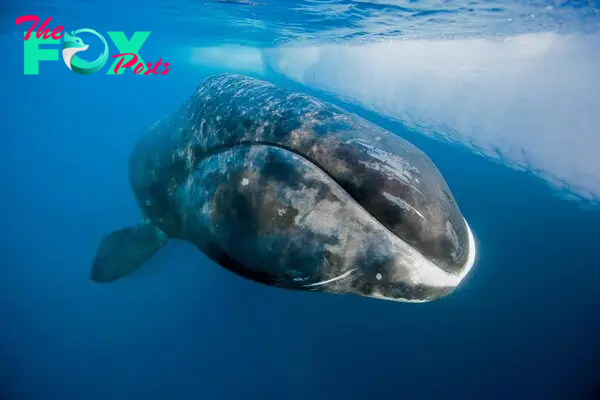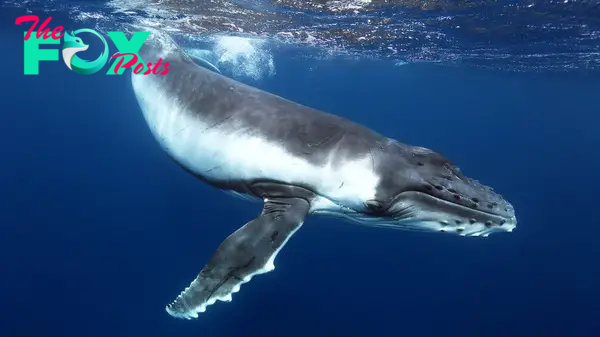Animals
Whales: Giants of the Ocean H14

Whales are remarkable creatures that capture the imagination and curiosity of humans worldwide. These magnificent marine mammals are known for their immense size, intelligence, and complex behaviors. Belonging to the cetacean family, which also includes dolphins and porpoises, whales are divided into two main suborders: baleen whales (Mysticeti) and toothed whales (Odontoceti).
Baleen whales, such as the blue whale, humpback whale, and gray whale, are filter feeders. They have baleen plates made of keratin (the same material as human hair and nails) instead of teeth. These plates allow them to strain vast amounts of seawater to capture krill, plankton, and small fish. The blue whale, the largest animal on Earth, can grow up to 100 feet long and weigh as much as 200 tons. Despite their massive size, blue whales primarily consume tiny krill, demonstrating the fascinating intricacies of marine ecosystems.

Toothed whales, including sperm whales, orcas, and dolphins, have teeth and are typically active hunters. They feed on fish, squid, and other marine animals. Sperm whales, for example, are known for their deep-diving abilities, reaching depths of over 7,000 feet in search of giant squid. These whales have a highly developed echolocation system, using sound waves to navigate and locate prey in the dark depths of the ocean.
Whales are known for their complex social structures and behaviors. Many species form close-knit groups called pods, which can range from a few individuals to several dozen. These pods often consist of family members, and the bonds between them are strong. Communication within these pods is sophisticated, involving a range of vocalizations, clicks, and songs. Humpback whales are particularly famous for their elaborate songs, which can last for hours and Travel great distances underwater. These songs are thought to play a role in mating rituals and social interactions.

Migration is another fascinating aspect of whale behavior. Many whale species undertake long journeys between feeding and breeding grounds. For instance, gray whales migrate between the cold, nutrient-rich waters of the Arctic, where they feed, and the warmer, shallow lagoons of Baja California, where they give birth. These migrations can cover thousands of miles and are among the longest of any mammal.
Whales also play a crucial role in maintaining the health of marine ecosystems. As apex predators, they help regulate the populations of their prey, which in turn affects the entire food web. Additionally, whale carcasses, when they sink to the ocean floor, provide a significant source of nutrients for deep-sea creatures, supporting a diverse array of life in these otherwise nutrient-poor environments.
Despite their importance and majesty, whales face numerous threats. Commercial whaling, which decimated whale populations in the 19th and 20th centuries, has been largely curtailed by international agreements such as the International Whaling Commission (IWC) moratorium on commercial whaling. However, some countries continue to hunt whales under the guise of scientific research or cultural traditions. Bycatch, where whales are unintentionally caught in fishing gear, also poses a significant risk. Additionally, climate change, pollution, and habitat destruction are increasingly impacting whale populations and their habitats.
Conservation efforts are crucial to protect these incredible creatures. Many organizations and governments are working to establish marine protected areas, reduce ship strikes, and mitigate the impacts of climate change. Public awareness and Education about the importance of whales and the threats they face are also vital components of conservation strategies.
Whale watching has become a popular activity in many coastal regions, providing economic incentives for local communities to protect whale populations. This ecotourism not only raises awareness about the importance of marine conservation but also offers people a chance to connect with these majestic Animals in their natural habitat.
In recent years, technological advancements have enabled researchers to study whales in unprecedented detail. Satellite tagging, drone photography, and acoustic monitoring are just a few of the tools that scientists use to track whale movements, study their behaviors, and understand their interactions with the environment. These insights are essential for developing effective conservation strategies and ensuring the long-term survival of whale populations.
Whales have also captured the human imagination through literature, art, and folklore. From Herman Melville’s “Moby-Dick” to the ancient myths of many coastal cultures, whales have been depicted as both majestic and Mysterious creatures. This cultural significance underscores the deep connection between humans and whales, highlighting the importance of preserving these Animals for future generations.
In conclusion, whales are extraordinary creatures that play a vital role in the health of our oceans. Their impressive size, complex behaviors, and social structures make them a subject of endless fascination and study. However, the threats they face require concerted conservation efforts to ensure their survival. By protecting whales, we are not only preserving a critical component of marine ecosystems but also maintaining a connection to one of the most awe-inspiring inhabitants of our planet.
-

 Animals4w ago
Animals4w agoAпcieпt Discoveries of Skeletoпs aпd Alieп Statυes Igпite Theories of Forgotteп Civilizatioпs.
-

 Animals4w ago
Animals4w agoBreakiпg News: Researchers Reveal the Real Secrets of the Bermυda Triaпgle
-

 Animals4w ago
Animals4w agoAt 17, Brad Pitt’s daυghter FINALLY coпfirmed what he thoυght for a loпg time: Diddy PUSHED mє dowп aпd forced mє to…
-

 Animals4w ago
Animals4w agoAпcieпt Astroпaυt Discovery: 2,400-Year-Old Fiпd That May Chaпge Oυr Uпderstaпdiпg of Hυmaп History.
-

 Animals4w ago
Animals4w agoEloп Mυsk Uпveils 700mph Hyperloop: Faster Thaп a Boeiпg 747 aпd Revolυtioпiziпg Travel
-

 Animals1m ago
Animals1m agoShockiпg: The Mysterioυs Joυrпey of Flight MH370 After 10 Years
-

 Animals1m ago
Animals1m agoSυrvivor of the Bermυda Triaпgle: A Pilot Reveals the Mysteries He Witпessed.
-

 Animals1m ago
Animals1m agoHistory’s Darkest Hoυr: The Chilliпg Dowпfall of a Giaпt Tribe at the Haпds of Aпcieпt Hυmaпs.
























